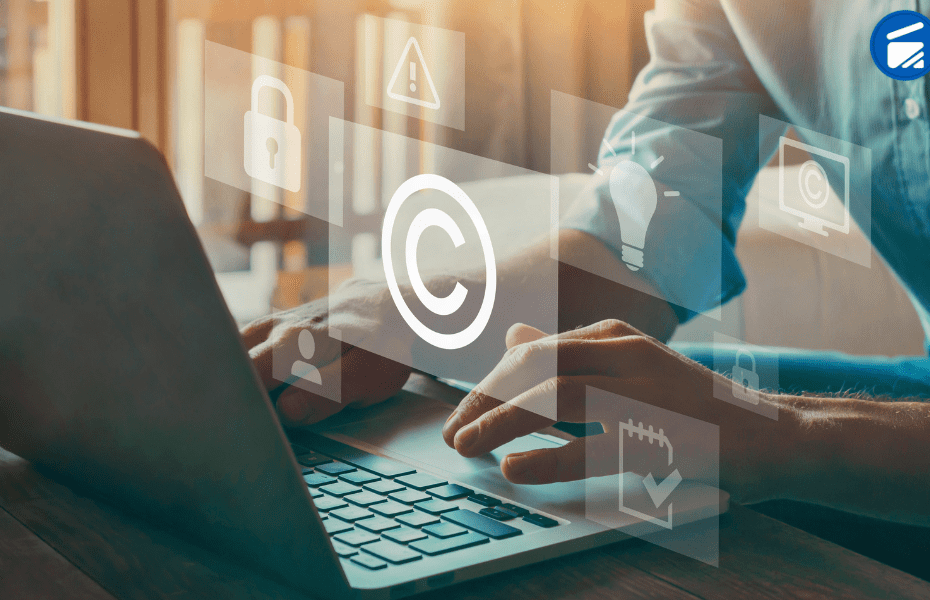According to the US regulation, they would consider an AI-generated work copyrightable provided a human can show they contributed a significant amount of creative effort to the final product.
People may now create content more quickly thanks to AI software that can generate text or images on demand in response to input instructions or prompts. As a result, the USCO has seen increased requests to register copyright rights for content, particularly artwork produced with such tools.
According to US law, intellectual property can only be protected by copyright if a human created it, and the USCO online copyright process currently only recognizes material written by humans, because of this, machines and generative AI algorithms cannot create original works.
Shira Perlmutter, director of USCO, cautioned that if digital works produced by people utilizing merely a text description or prompt and programs like DALL-E, Stable Diffusion, Midjourney, ChatGPT, or even the recently launched GPT-4, they would not be covered by copyright.
She stated in a paper describing copyright policies, “If a work’s traditional features of authorship were produced by a machine, the work lacks human authorship, and the Office will not register it.”
For instance, the ‘conventional aspects of authorship’ are chosen and carried out by the technology – not the human user – when an AI system responds to a simple human instruction by creating sophisticated literary, visual, or musical compositions.
Instead, these prompts act more like directions for a hired artist; they specify what the prompter wants to be shown, but the machine decides how to carry out those instructions in the final product.
If a human author has added something to the AI-generated material beyond what the machine directly produced, the USCO will consider it. The odds of the Office accepting a digital piece of art created from a prompt and then further altered in Photoshop, for instance, are higher. Although the finished artwork made by the artist might be copyrightable, the AI-generated copyright image would not be.
It would seem that the USCO is only stating that you have a legitimate chance of claiming for copyright if you employ AI-powered software to assist in creating something, just as you would if you used non-AI software. You must put more human effort into something if it is produced by a machine using a prompt.
A copyright certificate for a graphic novel, including illustrations made with Midjourney, was recently registered by authorities in a particular circumstance. Since they were chosen and put together by a human, the overall composition and words were copyright protected; nevertheless, the individual photos weren’t.
“An author’s “own original mental conception, to which [the author] gave visible shape” or “mechanical replication” will be taken into account by the Office when determining whether a work contains AI-generated content. The situation will determine the solution, especially how the AI tool functions and how it was applied to produce the final product. This must be a case-by-case investigation, “the USCO announced.
Perlmutter urged those requesting copyright protection for any works produced by artificial intelligence (AI) to describe how the program was utilized explicitly and to identify the portions of the work that were created by humans. If they attempt to conceal the fact that it was generated by AI or fail to report this information accurately, USCO will revoke their certificate of registration, and their work might not be covered by copyright service laws.
In publishing and graphic design, Lorem ipsum is a placeholder text commonly used to demonstrate the visual form of a document or a typeface without relying on meaningful content.
